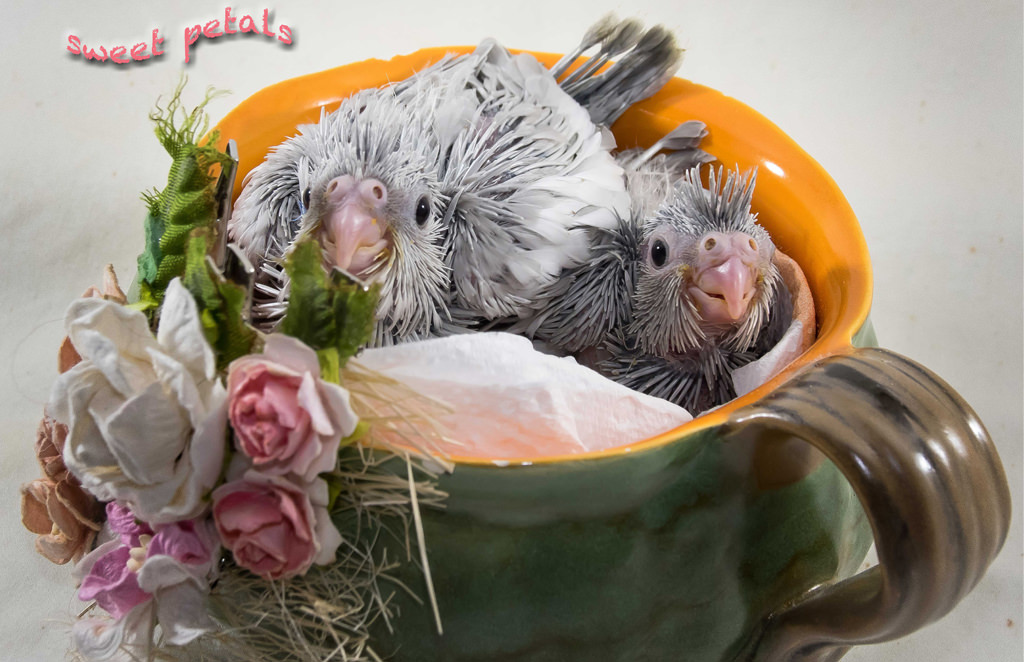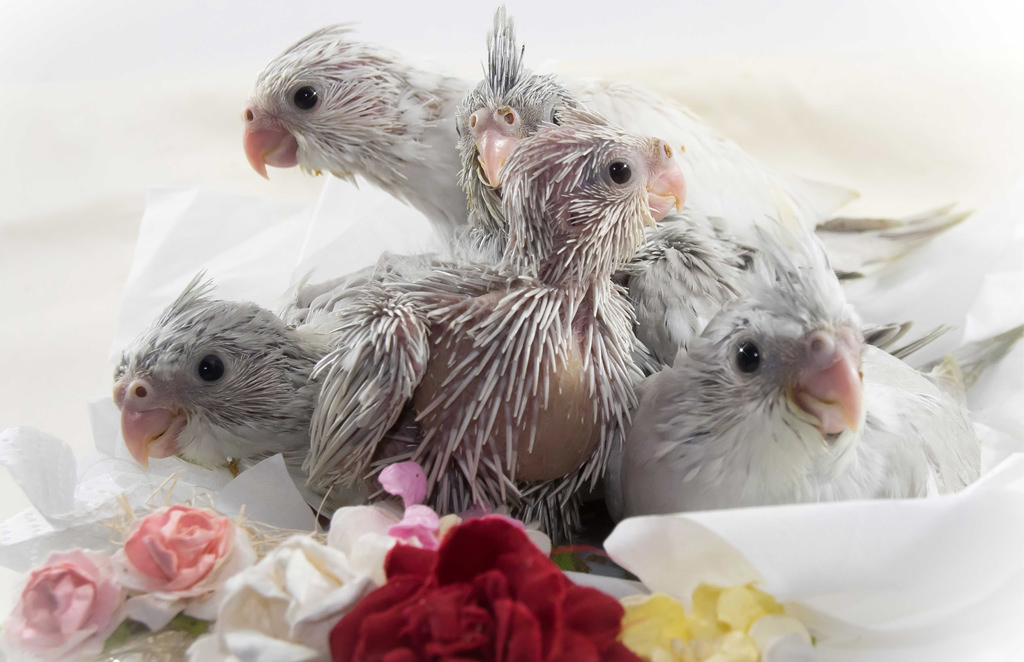What makes a Cockatiel Parrot a Great Pet?
The hand raised young cockatiel is an intelligent, soft and loveable small parrot. The cockatiel is a member of the Cockatoo family and is an uniquely Aussie Parrot.
The cockatiel these days comes in a wide variety of colours from the traditional grey and white through yellows, pearls, pastel, pieds, white faces etc. The list of variations is almost endless. The females are generally a quieter bird whilst the males are well known for their talking and mimicing behaviour. Young hand raised cockatiels make wonderful companion parrots as they are easy to look after, gentle, fun to interact and play with and love to be involved in the activities of the family.
- Soft, Gentle and Great Companion Parrot
- Males can Mimic and Talk
- Great First Pet Parrot
- Easy to Look After
GREAT COMPANION PARROT – The cockatiel is known for its wonderful companion qualities. As a small parrot it is relatively easy to look after, loves attention and loves to be in the middile of the action. If the children are lying on the floor playing video games the bird will wander all over them, chew the controls of the game and generally get in the way. If you are trying to work on the computer the cockatiel will inevitably walk all over the key board, chew up your paper then snuggle up on your shoulder to have a sleep. For an older person, they are great company, they are gentle, interactive and love attention. Their claws can be kept blunt and therefore not injure an older persons delicate skin.
EASY TO LOOK AFTER – The cockatiel is a small bird and relatively easy to look after. As the cockatiel comes from the cockatoo family they tend to be naturally seed junkies. Too much seed is like eating too much Maccas, they will get fat.
The main thing you need to remember when feeding cockatiels, always make sure that they have access to greens and vegetables. If you cant get your cockatiel to eat corn or spinach, then offer them some weeds such as chick weed, milk thistle or dandelions on a daily basis. Always make sure that their cage is clean and that they have fresh water on a daily basis.
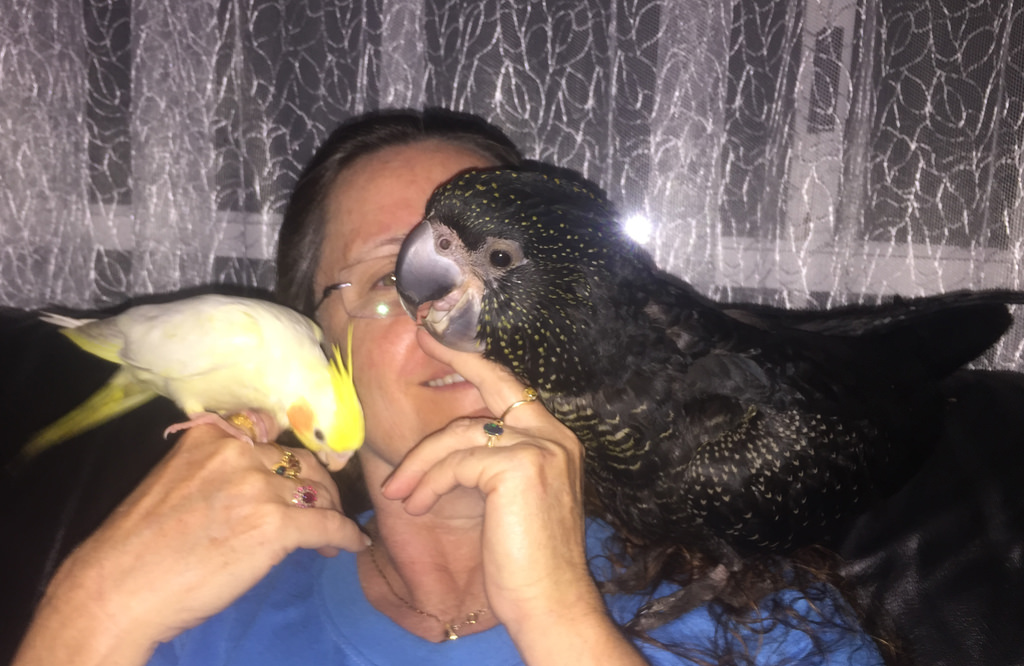
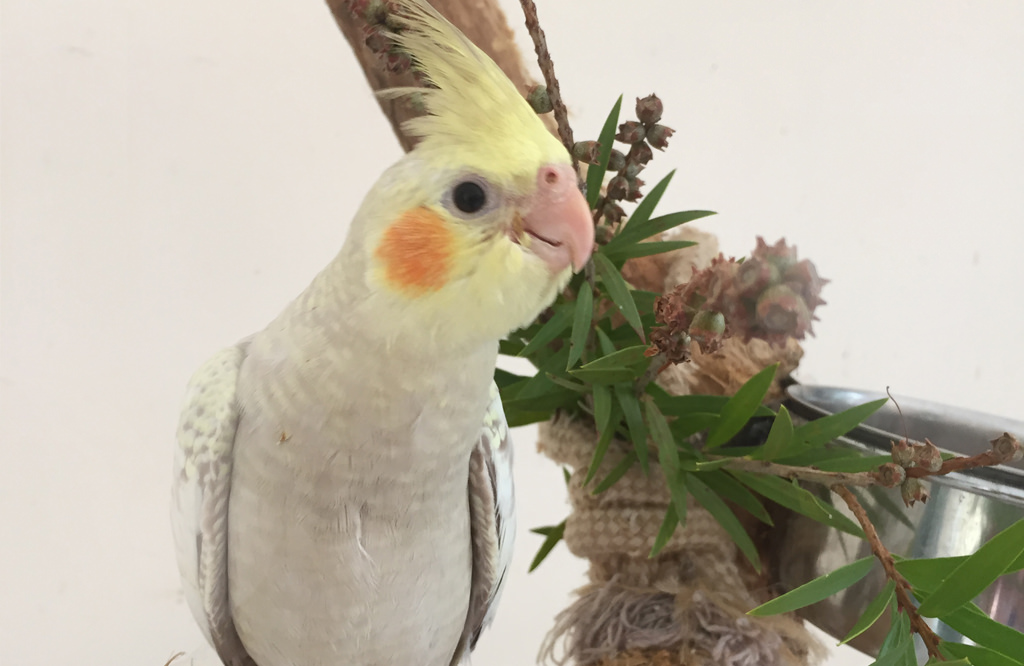
MIMICS and CHARACTERS – Male Cockatiels are the ones who will mamic and talk. The Females are quieter. Therefore if you want a companion parrot that may mimic the telephone, call the dog and the kids, then a male could be for you. If you want a quiet companion parrot who will interact with you and snuggle up on your shoulder or preen your beard, then a female could be the one for you.
Both sexes make equally wonderful companion parrots. We are often asked” can you tell if it is a boy or a girl?” our main answer is… “The boy will hump your hand in spring and the girl will lay eggs.” Sometimes we can advise you which of our baby cockatiels is a boy or girl due to their genetices, but not always. A DNA test is generally the only accurate to tell the sex of a baby cockatiel
Emerald Aviaries has various different types of mutation colours, such as pearl, pied, lutino, silver, platium, white faced and of course the traditional grey. During the off season we like to let our cockatiels fly freely in a large aviary with some other birds such as a King Parrot, Rosella, Quakes and a Conure. As long as there is not a nest box in that large aviary they all get along fine.
During this period we try and observe which birds are forming natural pairs and provide them with some nest boxes in a separate aviary. Fingers crossed we will have baby cockatiels.
These photographs are just some of the Baby Cockatiels we have lovingly hand raised over the years.
Hand Raised Cockatiels are always in demand as they have such sweet natures and we ttruely enjoy hand raising these gorgeous baby parots.
DIETARY
Cockatiels, like most species in the cockatoo family tend to be seed junkies and will prefer seed over eating their vegetables. As we all know too much seed is not healthy for them and will cause health issues. However you do not need to take away all their seed, just feed them a well rounded diet from the beginning with includes some seeds.
When we are hand raising our baby cockatiels, we always introduce them to corn, spinach, brocolli, carrots, celery and various other vegetables as early as possible. We also provide them with Small Parrot Mix seed.
In the far right photograph you will see our typical fruit and vegetable mix for all our parrots. The cockatiels usually eat the corn, passionfruit, grain bread, peas and spinach out of this bowl. Cockatiels usually enjoy vegetables more that fruit.
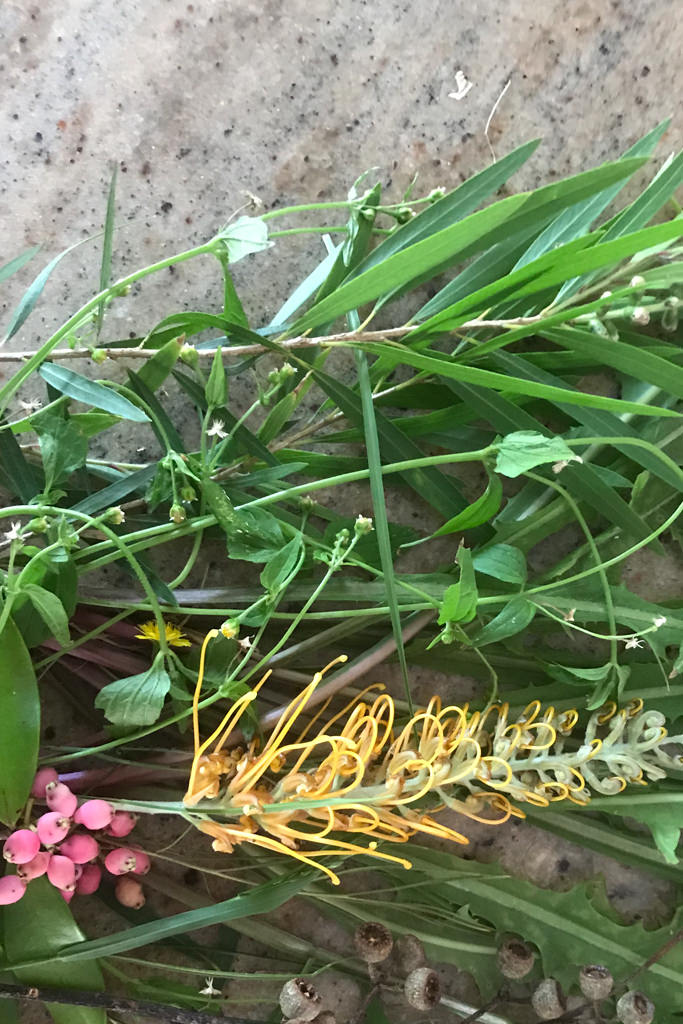
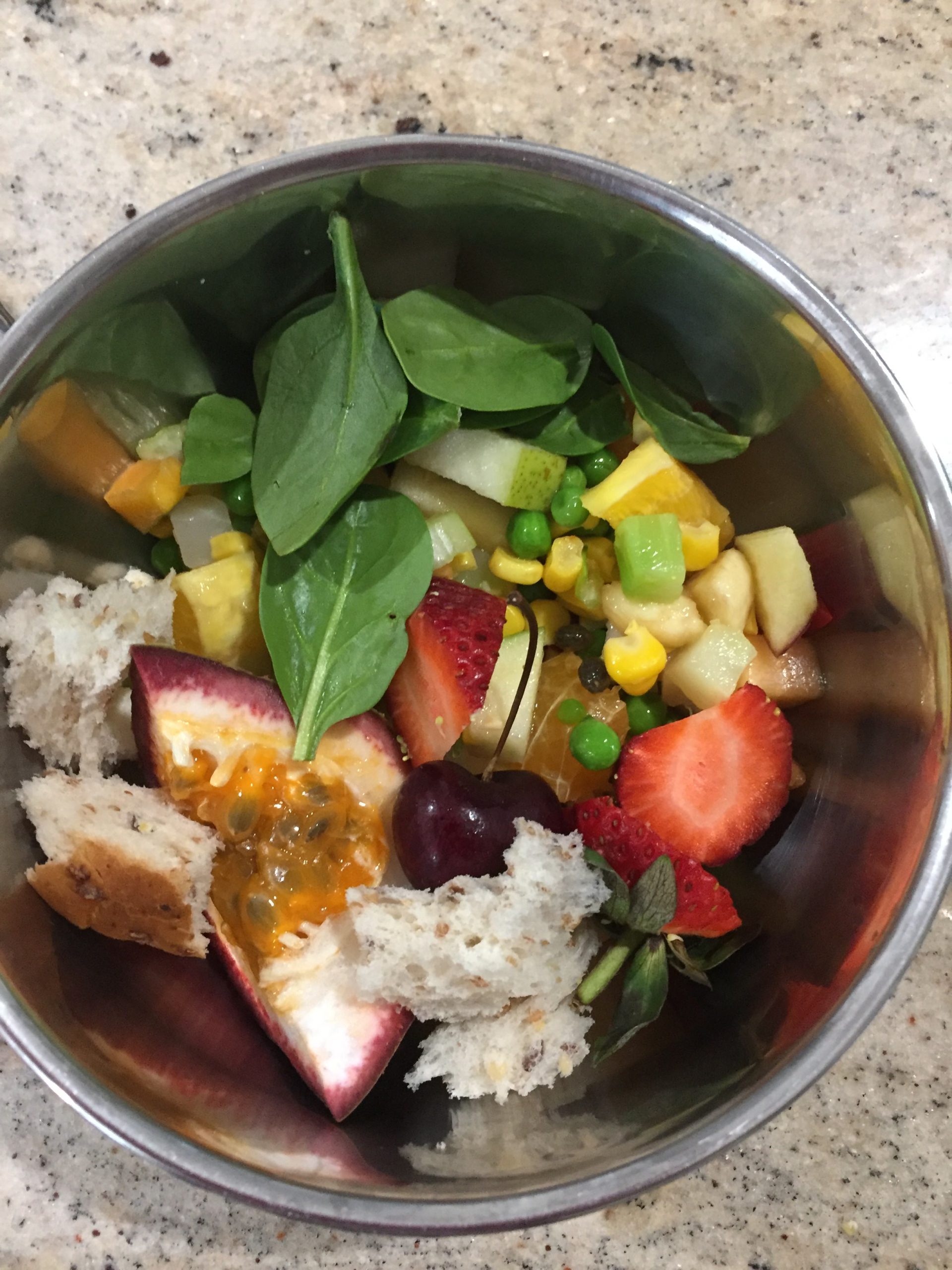
Another great alternative or addition to their diet is WEEDS and NATIVE BUSH FOOD… Yes weeds can be a natural source of green food matter into their diet, especially if they turn up their noses at vegetables, Safe weeds to provide to your cockatiel are dandelions, chick weed milk thistle and grass with seeds.
Your Cockatiel will also love to chew on and eat many of the Australilan native plants, such a bottle brush and grevillia. Lillipilli is also loved by all parrots. They chew off all the pink fruit layer and eat the fresh seed inside. Gum Nuts,
Whilst in their cage your cockatiel and other birds should be provided with fresh branches with leafy foliage and flowers from Australian native plants to allow them to forage and consume.



